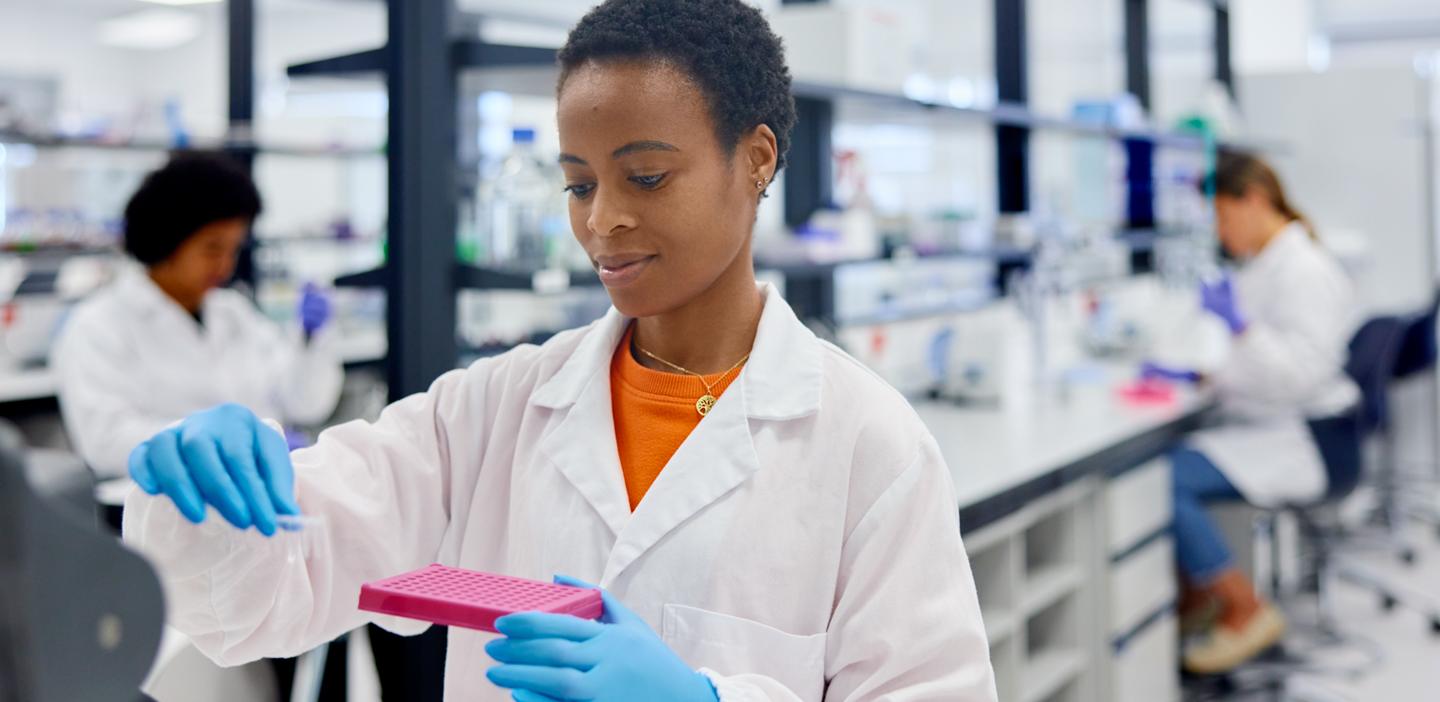Quantification of libraries for use in next-generation sequencing (NGS) are generally performed before the libraries are pooled for target enrichment or amplification to ensure equal representation of indexed libraries in multiplexed applications. Quantification is also used to confirm that individual libraries or library pools are diluted optimally prior to sequencing. Accurate and reproducible quantification of adapter-ligated library molecules is critical for obtaining consistent and reproducible results, and for maximizing sequencing yields. Loading more than the recommended amount of DNA could lead to saturation of the flowcell or increased cluster density while loading less than the recommended amount could lead to decreased cluster density and reduced coverage and depth. Both contribute to higher overall sequencing costs.
Quantitation methods based on electrophoresis, fluorometry, spectrophotometry, digital PCR, droplet-digital PCR or qPCR are available for NGS library quantitation. While each method has its advantages and disadvantages, the qPCR-based method is widely used because of its ability to target adapter sequences for a specific sequencing platform (which serves to enrich DNA sequences bound to adapters), in addition to its ability to quantify amounts of amplifiable DNA. However, it is critical to utilize a highly efficient polymerase and DNA standards with proven lot-to-lot consistency when performing the qPCR-based method.
Roche Sequencing Solutions provides KAPA Library Quantification Kits as a solution for the reagents required for NGS library quantification using qPCR.
